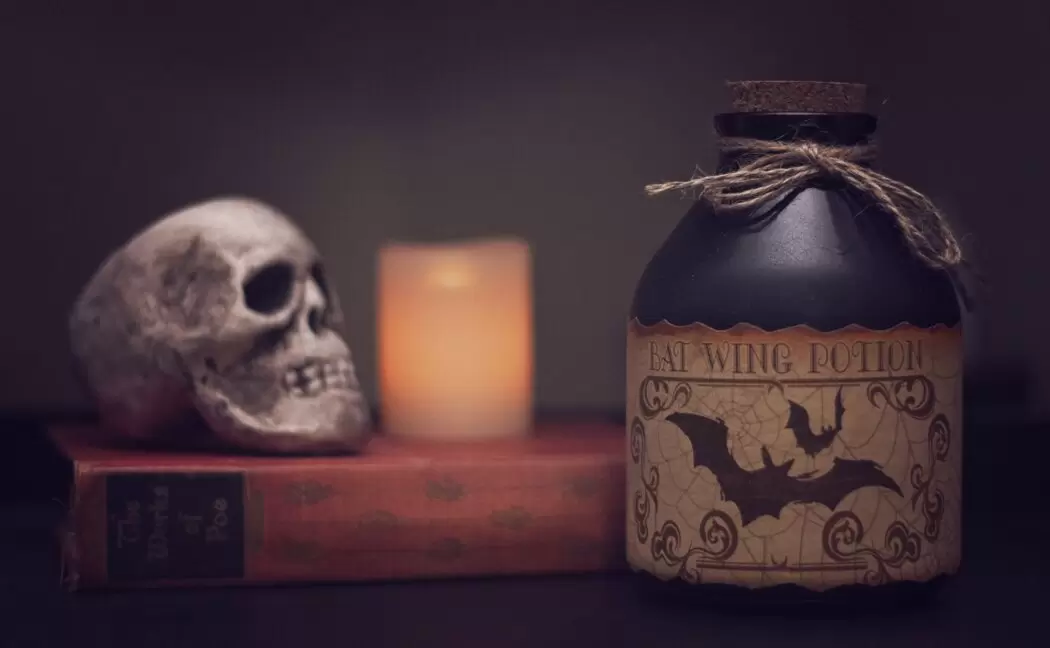Refik Anadol: Living and Creating Art in the Age of AI


Following up on .ART’s 2023 conversation with Refik Anadol, world famous media artist, head of Refik Anadol Studio in Los Angeles, and lecturer at UCLA’s Department of Design Media Arts, the .ART team recently interviewed Anadol once again. The discussion delved into his artistic practice, the contexts of his artworks, issues of plagiarism in art, and his most significant recent projects.

The Artistic Vision of Refik Anadol and Data as Material
Anadol, a media artist practicing since 2008, describes his fascination with data as the primary material for his work. “I believe that every single piece of information that we can quantify can become a pigment, can become a material in order to create art,” he says. Anadol’s vision extends to transforming any surface into a canvas, emphasising the role of AI as a collaborator in his artistic process. For the last eight years, he has focused on themes like nature, urban landscapes, culture, space, and neuroscience, which he considers collective memories of humanity. “It’s about collective imagination, collective memories of humanity. I have always been trying to find new ways of creating art—not just around one medium, but many mediums across disciplines.”
“Creating something new is much more productive than copying something that already exists.”
Multidisciplinary Approach
Context is crucial for Anadol, who believes that diverse ideas cannot be adequately expressed through a single medium. “I find myself working across different disciplines: immersive environments, painting, sculpture, performing arts, installations, virtual environments, even the smell of an AI dream,” he explains. This multidisciplinary approach liberates him from the physical constraints of reality, allowing for limitless virtual speculations.
As digital and new media artists increasingly emulate his style, Anadol addresses the trend with a balanced perspective. “I’m completely fine if the person is a student, trying to study through repetition. But if someone tries to monetize my work and puts a new frame around it, I just don’t buy it. It feels like a limited vision for artists to just copy someone who is very prominent. Creating something new is much more productive than copying something that already exists.”
Recent Collaborative Projects of Refik Anadol
Anadol’s collaborative projects highlight his expansive reach. One of his recent works at the Serpentine Galleries attracted 7,000 visitors, the largest audience in the gallery’s history, showcasing a Large Nature Model. Another notable collaboration was with Turkish Airlines during Art Basel Miami, drawing nearly 2,000 visitors per day.
“Nature is the most intelligent thing we have. For some reason, as humanity, we thought that technology made us superior. We thought that we are better than nature.”
Machine Hallucination by Refik AnadolAddressing sustainability within the art scene, Anadol emphasizes the importance of reconnecting with nature. “Nature is the most intelligent thing we have. For some reason, as humanity, we thought that technology made us superior. We thought that we are better than nature. I think that’s one of the reasons nature is not anymore the primary topic. For some reason we are just not thinking about nature as we should. If you look at the best AI model in the world, it doesn’t know how nature works. It doesn’t have an understanding of every single species, every single flora, fauna, or fungi. We tend to direct our vision to something that is much more like a product or service. But I think nature is our most important service, serving humanity for 1000s of years. I believe that we have to pay attention and give back to nature in the age of AI, in the age of whatever comes next.”
“…That’s why our studio works on this AI research called Large Nature Model, which is an homage, a response, a love letter to nature. We dedicate our resources to nature and I think that’s one way of doing it. It’s also useful because it creates new vocabulary, new wisdom, new intelligence, new knowledge. It is reconstructing what we found so far in the history of nature and later on turning it into valuable assets that can be used by anyone on Earth. I think there’s so much value beyond making art. It’s a lot of work, which requires a lot of resources, but I think it’s possible to do things that are not only just some kind of a tech breakthrough. That’s what we believe in as a studio, that our role, perhaps, is being the voice of nature within AI”.
In July 2024, Anadol unveiled his latest digital artwork, “Living Arena,” at the Intuit Dome’s plaza in Los Angeles, the new home of the LA Clippers. Displayed on a 12-metre-tall by 21-metre-wide LED screen, this cutting-edge piece, created in collaboration with advanced artificial intelligence algorithms, presents a continuously evolving data narrative in four chapters. The abstract visuals in each chapter are derived from different data sources. “Urban Dreams” features flight information from nearby LAX and other global airports, while “Nature Dreams” displays live weather data from Inglewood, the neighbourhood where Intuit Dome is located, including wind direction, temperature, and humidity. “Culture Dreams” showcases player tracking data from historic Clippers games, and “California Landscape” highlights images from the state’s national parks. This AI-driven artwork offers a unique, ever-changing visual experience that bridges the digital and physical worlds through data, connecting audiences to their surroundings in innovative ways.
.ART team will be back with more information about the Dataland.art project in autumn 2024.
Available domains inspired by this article:
digital.art / natural.art / data.art / ai.art









